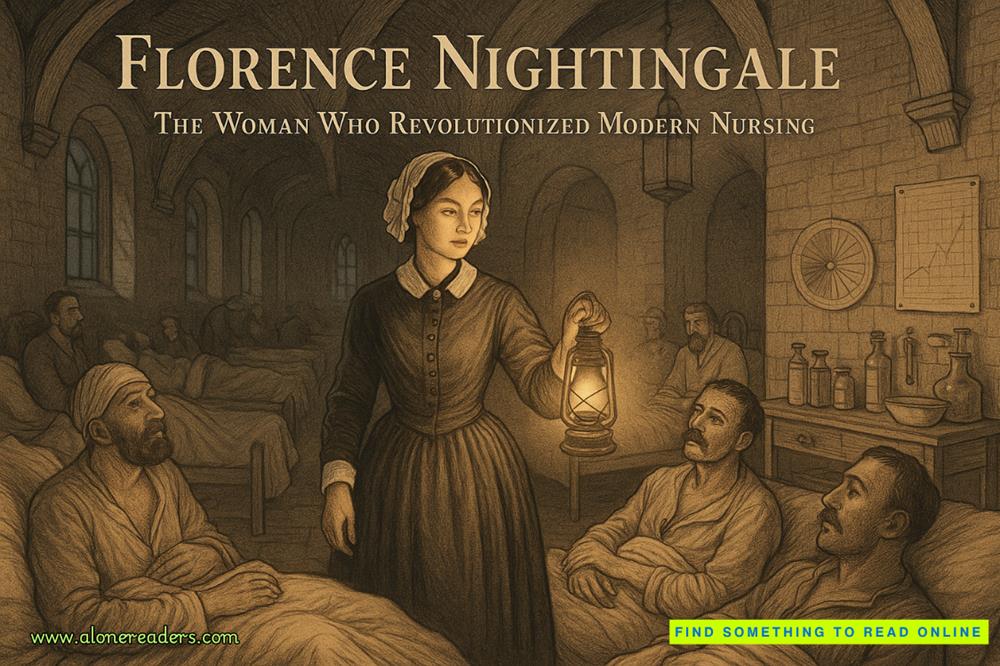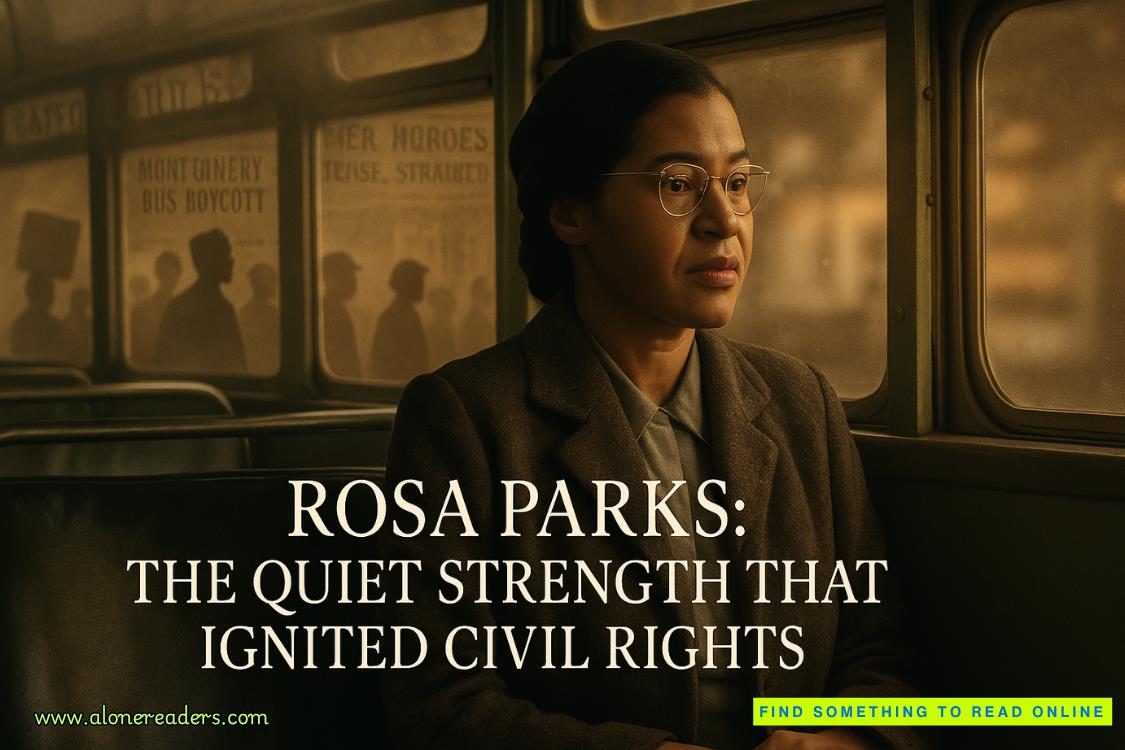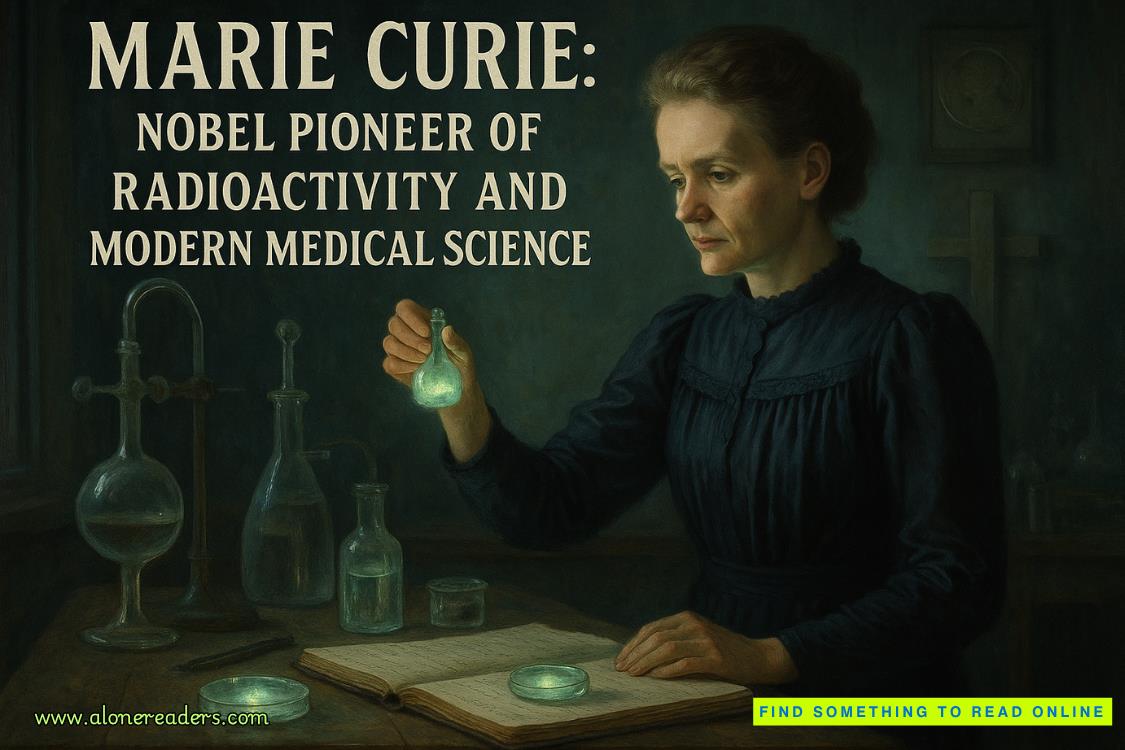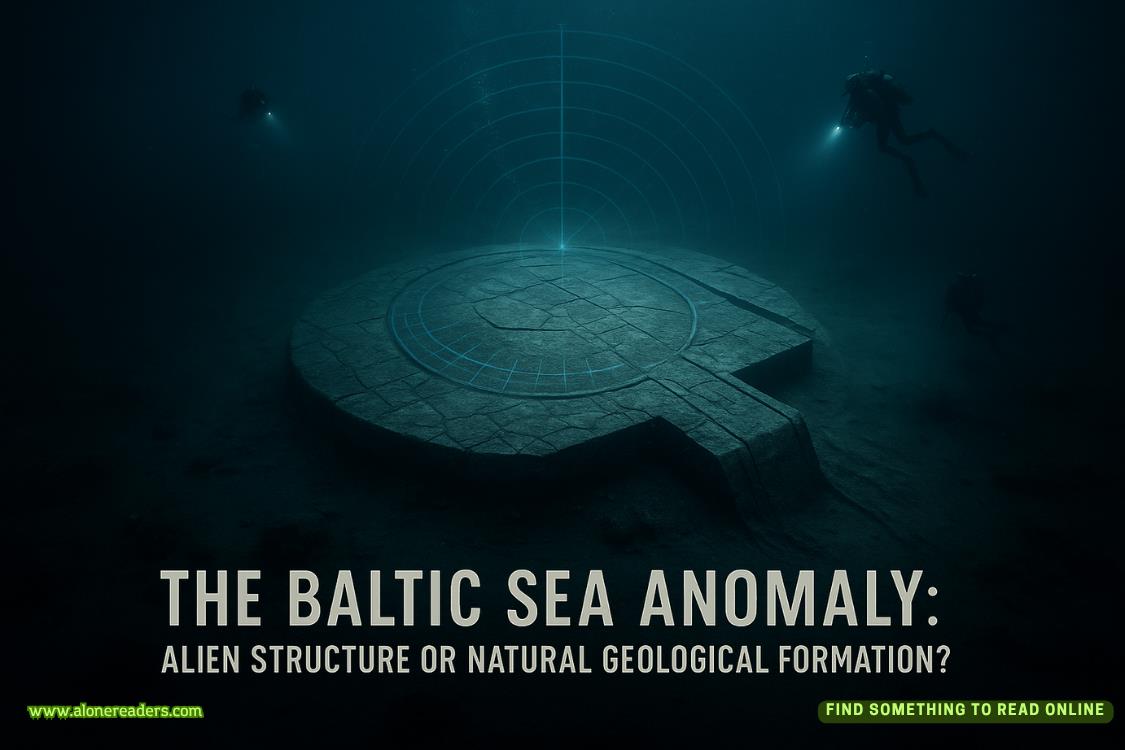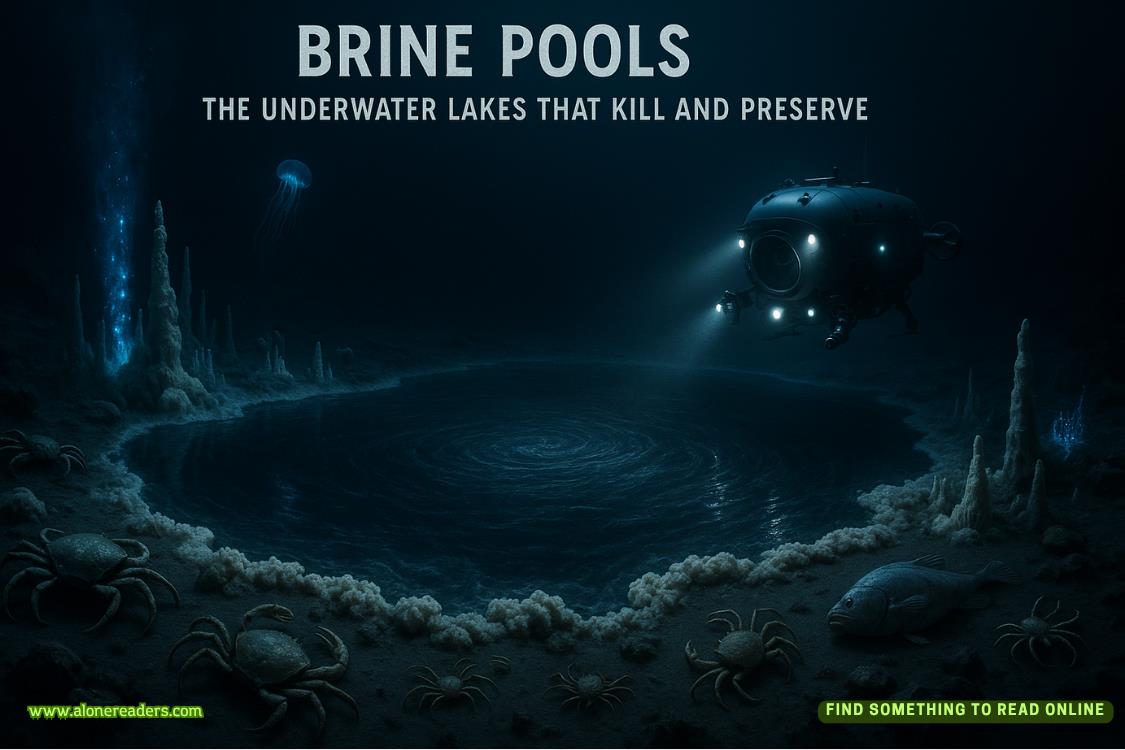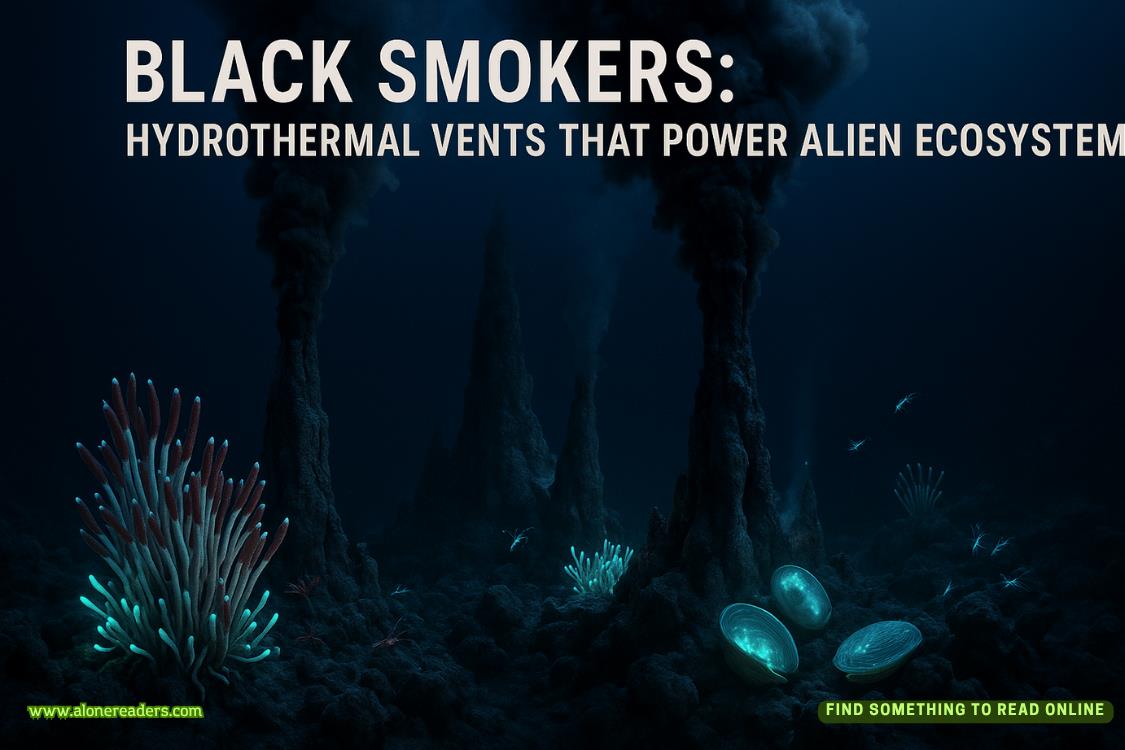Page 63 of The CEO
Even in the downpour, he looks impeccable in his tailored suit, not bothering with an umbrella as he strides purposefully toward the entrance. Foster follows, along with another man I don’t recognize. They speak briefly before Foster punches a code into a keypad, and the door slides open to admit them.
I wait until they’re inside before darting across the street, my footsteps muffled by the rain. The warehouse looms above me, water streaming down its grimy brick exterior like tears. There are no windows at ground level, but I spot a row of them along the upper floor, most boarded up or broken.
At the back of the building, I find a rusty fire escape. The bottom ladder is pulled up, but a dumpster positioned nearby creates a makeshift step. I climb onto it, wincing at the squelching sound my waterlogged boots make against the metal lid.
With a deep breath, I jump for the ladder, grabbing the bottom rung and pulling myself up. The metal is slick with rain, and my hands slip as I haul myself higher, one rung at a time. By the time I reach the first landing, my arms are trembling with exertion.
I pause, catching my breath, with rain streaming down my face. Through a gap between buildings, I can see the cab still waiting where I left it, its headlights dim yellow eyes in the darkness. I should go back. Every instinct for self-preservation screams at me to leave now, before I’m discovered.
Instead, I continue climbing, driven by a compulsion I can’t explain even to myself. The journalist in me demands truth, but there’s something darker feeding my determination: a need to understand what kind of man possesses such control in one moment and such lethal precision in the next.
I reach a broken window, glass jagged around the edges like teeth. Through it, I can see a cavernous space below: the interior of the warehouse, which is mostly dark, except for a pool of harsh light in the center. I wipe rain from my eyes, leaning closer for a better view.
The broken window is too small for me to climb through, but large enough to provide a clear view of the warehouse floor. I kneel on the wet metal platform, ignoring the water soaking through my jeans as I peer inside. Rain continues to drum on the fire escape, the rhythmic patter providing cover for any small sounds I might make.
Below, in the harsh circle of light, a man sits bound to a metal chair, his head slumped forward. I can’t see his face, only that his clothes are disheveled, his posture that of someone who understands exactly how much trouble he’s in. Around him, the warehouse stretches in shadowy emptiness, creating a makeshift arena for whatever is about to unfold.
Movement catches my eye as Damien steps into the light. Foster and the third man remain just beyond its perimeter. Gone is the polished CEO with his careful charm. This Damien moves with predatory grace, circling the bound man with unhurried confidence.
Through the broken window, I see Damien roll up the sleeves of his white shirt with methodical care, exposing muscled forearms as he approaches the bound man. On a small metal table beside him lies an array of implements that makes my stomach turn: scalpels arranged by size, curved hooks, and things I can’t even name but whose purpose is unmistakable.
“Do you understand the difference between pain and suffering?” Damien asks conversationally, selecting a thin blade from the collection. He holds it up to the light, examining the edge with the appreciation of an art collector. “Pain is merely neurological. Suffering . . .” He steps closer to the man, whose muffled pleas slip past his gag. “Suffering is psychological. It requires anticipation.”
I press closer to the window, torn between horror and morbid fascination. This is what I came to see: the man behind the mask, the reality of The Shadows’ justice. Yet now that I’m witnessing it, I’m not sure I’m prepared for the truth.
He leans down to the man’s ear, whispering something I can’t hear that makes the color drain from the man’s face. Whatever Damien has said turns the man’s struggle frantic, his eyes widening with pure terror.
“The femoral nerve cluster here,” Damien explains to Foster, his tone educational as he presses the blade against a specific spot on the man’s inner thigh, “produces pain that the brain can’t properly process. The body simply short-circuits.”
When he applies pressure, the man’s scream is barely contained by the gag, his body arching against the restraints.
Damien works with precise, almost elegant movements. There’s no hesitation, no fumbling. Each cut, each application of pressure, is delivered with the confidence of someone who has honed this craft over years.
A spray of blood catches his cheek, and he pauses, wiping it away with his thumb. With an absent, thoughtful expression, he brings it to his lips, tasting it before returning to his work.
“Now,” Damien says, his voice dropping to a silken whisper as he selects another implement, “let’s try the question again.”
I should leave now. I’ve confirmed what I suspected: that Damien Knox engages in activities far removed from his public persona. I have enough to feed my article and continue my investigation from a safer distance. But I remain frozen in place, unable to tear my eyes away as Damien opens the case and removes something that gleams in the harsh light.
The man in the chair begins to thrash against his restraints, his panic visible even from my distant vantage point. Damien places a hand on his shoulder, a gesture almost gentle if not for the context. Then he leans down, bringing his face close to the man’s ear, speaking words I can’t hear but whose effect is immediate—the man goes completely still, as if paralyzed by whatever Damien has promised him.
What follows is methodical, precise, and deeply disturbing. He works with surgical focus, occasionally pausing to ask questions that the man answers with increasing desperation.
I press a hand to my mouth, fighting the urge to be sick. This isn’t justice—it’s torture, pure and simple. Yet I can’t deny the terrifying competence with which Damien conducts this interrogation, or the fact that despite my horror, I haven’t looked away.
The man slumps forward in the chair, blood dripping from his mouth and neck onto the concrete floor. Damien circles him slowly, hands clasped behind his back, expression neutral as he studies the steady progression of tears mixing with blood.
“Fascinating,” he murmurs, leaning closer to observe the man’s trembling. “The human body’s stress response varies so dramatically between subjects.”
He notes the pattern of bruising with clinical interest, head tilted slightly as if examining a moderately interesting painting. There’s no anger in his movements, just morbid curiosity.
“The capillaries beneath the skin rupture in a predictable pattern,” he explains to Foster, voice calm and instructional. “But the psychological response is where the real variation occurs. Some men beg immediately. Others maintain dignity until the nerve endings are compromised.”
He crouches before the sobbing man, studying his face with detached fascination. “Which kind are you, I wonder?”
There’s something more disturbing in this clinical detachment than there would be in rage or cruelty. But this complete disconnection from the humanity of his victim—as if he’s observing an insect under glass rather than a breaking human being—is terrifying.
After what feels like hours but is probably only minutes, Damien straightens, apparently satisfied with whatever information he’s extracted. He steps back, wiping his hands on a cloth Foster provides. The man in the chair slumps forward, still barely conscious, his breathing labored.
